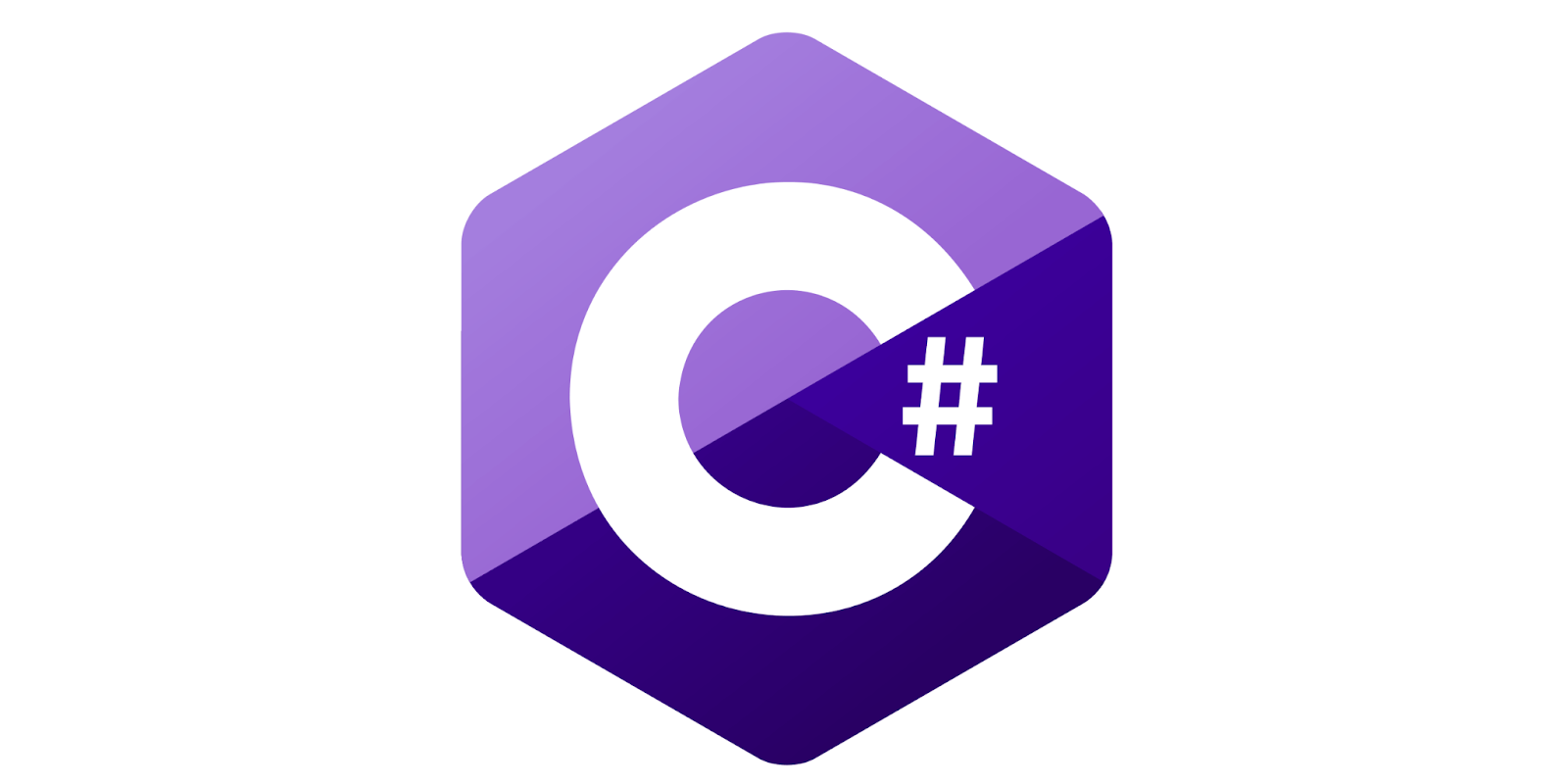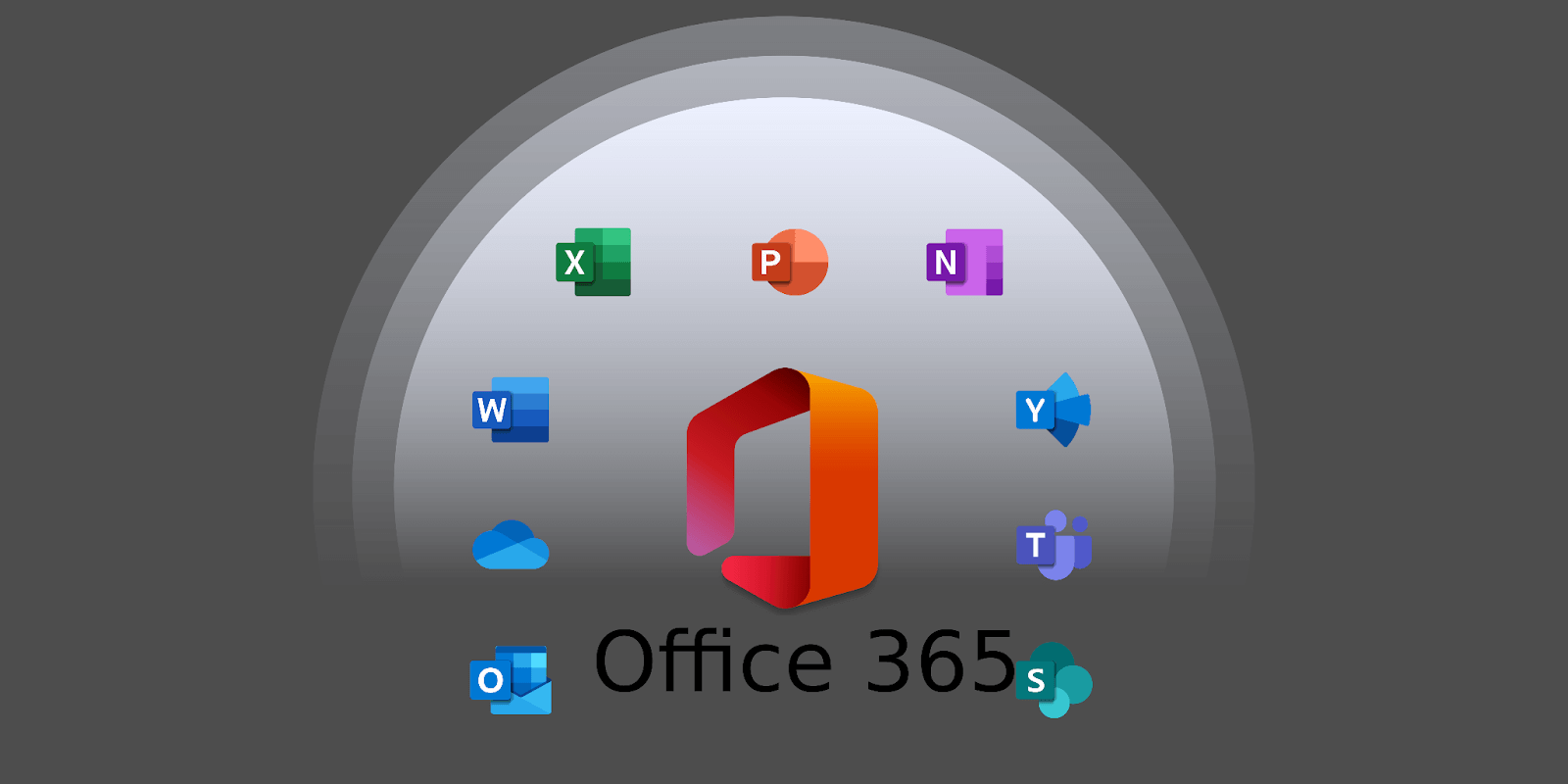What is social engineering
Social engineering is the term utilized for an expansive scope of vindictive exercises achieved through human corporations. It utilizes mental control to fool clients into committing security errors or offering delicate data.
Social engineering assaults occur in at least one stage. A culprit initially explores the expected casualty to accumulate fundamental foundation data, like possible marks of passage and feeble security conventions, expected to continue with the assault. Then, at that point, the aggressor moves to acquire the casualty's trust and give upgrades to ensuing activities that break security rehearses, like uncovering delicate data or conceding admittance to basic assets.
Social engineering Assault Lifecycle
What makes social engineering particularly risky is that it depends on human error, as opposed to weaknesses in programming and working frameworks. Botches made by real clients are substantially less unsurprising, making them harder to distinguish and frustrate than a malware-based interruption.
Social engineering assault methods
Social engineering assaults come in a wide range of structures and can be performed in a place where human connection is involved. Coming up next are the five most normal types of advanced social engineering attacks.
Goading
As its name suggests, bedeviling assaults utilize a bogus guarantee to provoke a casualty's eagerness or interest. They bait clients into a snare that takes their own data or incurs their frameworks with malware.
The most scolded type of goading utilizes actual media to scatter malware. For instance, assailants leave the snare — normally malware-tainted streak drives — in prominent regions where potential casualties are sure to see them (e.g., restrooms, lifts, the parking garage of a designated organization). The trap has a valid shift focus over to it, for example, a name introducing it as the organization's finance list.
Casualties select up the snare from interest and supplement it into a work or home PC, bringing about programmed malware establishment on the framework.
Goading tricks aren't guaranteed to be completed in the actual world. Online types of teasing consist of captivating promotions that lead to noxious locales or that urge clients to download a malware-contaminated application.
Scareware
Scareware includes casualties being besieged with phony problems and imaginary dangers. Clients are misled to think their framework is tainted with malware, inciting them to introduce programming that has no genuine advantage (other than for the culprit) or is malware itself. Scareware is likewise alluded to as duplicity programming, rebel scanner programming and fraudware.
A typical scareware model is the real looking popup standards showing up in your program while riding the web, showing such text, for example, "Your PC might be contaminated with destructive spyware programs." It either offers to introduce the device (frequently malware-tainted) as far as you might be concerned, or will guide you to a vindictive website where your PC becomes contaminated.
Scareware is additionally circulated through spam email that gives out counterfeit alerts, or makes offers for clients to purchase useless/hurtful administrations.
Pretexting
Here an aggressor gets data through a progression of keenly created lies. The trick is many times started by a culprit professing to require delicate data from a casualty to play out a basic errand.
The aggressor typically begins by laying out entrust with their casualty by imitating associates, police, bank and assessment authorities, or different people who have right-to-know authority. The pretexter poses inquiries that are apparently expected to affirm the casualty's character, through which they assemble significant individual information.
A wide range of relevant data and records is assembled utilizing this trick, for example, government managed retirement numbers, street numbers and telephone numbers, telephone records, staff get-away dates, bank records and even security data connected with an actual plant.
Phishing
As one of the most well known social engineering assault types, phishing tricks are email and instant message crusades pointed toward making a need to get moving, interest or dread in casualties. It then, at that point, pushes them into uncovering delicate data, tapping on connections to vindictive sites, or opening connections that contain malware.
A model is an email shipped off clients of a web-based help that cautions them of a strategy infringement requiring quick activity on their part, for example, an expected secret key change. It incorporates a connection to an ill-conceived site — almost indistinguishable in appearance to its genuine rendition — provoking the clueless client to enter their ongoing qualifications and new secret word. Upon structure submission the data is shipped off to the assailant.
Considering that indistinguishable, or close indistinguishable, messages are shipped off all clients in phishing efforts, recognizing and obstructing them are a lot simpler for mail servers approaching danger sharing stages.
Stick phishing
This is a more designated form of the phishing trick by which an assailant picks explicit people or ventures. They then tailor their messages in view of attributes, work positions, and contacts having a place with their casualties to make their assault less obvious. Stick phishing requires substantially more exertion for the culprit and may require long stretches of time to pull off. They're a lot harder to recognize and have better achievement rates whenever done handily.
A lance phishing situation could include an assailant who, in imitation of an association's IT specialist, sends an email to at least one worker. It's phrased and marked precisely as the expert ordinarily does, subsequently misleading beneficiaries into believing it's a legitimate message. The message prompts beneficiaries to change their secret word and gives them a connection that diverts them to a pernicious page where the aggressor presently catches their qualifications.
Social engineering avoidance
Social specialists control human sentiments, like interest or dread, to do plans and bring casualties into their snares. Hence, be vigilant at whatever point you feel frightened by an email, drawn to a proposition shown on a site, or when you run over stray computerized media lying about. Being ready can assist you with safeguarding yourself against most friendly engineering assaults occurring in the computerized domain.
Besides, the accompanying tips can assist with working on your cautiousness comparable to social engineering hacks.
-
Try not to open messages and connections from dubious sources - On the off chance that you don't have the foggiest idea about the shipper being referred to, you don't have to answer an email. Regardless of whether you know them and are dubious about their message, cross-check and affirm the report from different sources, for example, by means of phone or straightforwardly from a specialist co-op's site. Recall that email addresses are caricatures constantly; even an email purportedly coming from a believed source might have really been started by an aggressor.
-
Use multifaceted confirmation - One of the most important snippets of data aggressors look for are client qualifications. Involving multifaceted validation guarantees your record's security in case the framework split the difference. Imperva Login Safeguard is a simple-to-convey 2FA arrangement that can increment account security for your applications.
-
Be careful about enticing offers - On the off chance that a deal sounds excessively captivating, really reconsider tolerating it as truth. Researching the point can assist you with rapidly deciding if you're managing a genuine proposition or a snare.
-
Keep your antivirus/antimalware programming refreshed - Ensure programmed refreshes are locked in, or regularly practice it to download the most recent marks first thing every day. Intermittently check to ensure that the updates have been applied, and examine your framework for potential contaminations.










%20(1)%20(1).jpg_202301090758.jpg)
.png_202301060706.png)
.png_202212210655.png)
.png_202212280306.png)

.png_202212230642.png)
.png_202212220807.png)


.png_202212021232.png)
.png_202211120611.png)
.png_202209211220.png)

